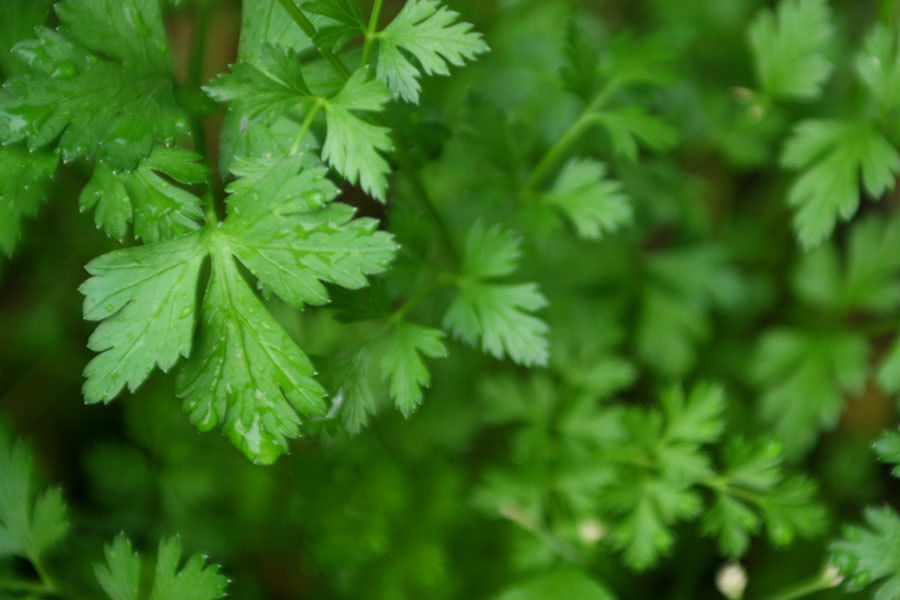
ARE THERE DIFFERENT TYPES OF MYCORRHIZAE?
There are two primary types of mycorrhizae; ectomycorrhizae and endomycorrhizae. Ectomycorrhizae are formed by "higher fungi" found in many families of Basidiomycetes and Ascomycetes (Alexopoulus & Mims 1979). Ectomycorrhizae form on many important woody species.
Endomycorrhizae are much more common than ectomycorrhizae and occur in more than 90 percent of all land plants (Harley & Smith 1983). Endomycorrhizae are usually associated with herbaceous (non-woody) plants.
While most plants form endomycorrhizae or ectomycorrhizae, a third type, ectendomycorrhizae, is also recognized. Ectendomycorrhizae are usually found on trees that normally form ectomycorrhizae and have been detected more often in nurseries than in other tree habitats. Ectendomycorrhizae exhibit anatomical characteristics of both ectomycorrhizae and endomycorrhizae. Some scientists believe that ectendomycorrhizae represent a transitional stage between ectomycorrhizae and endomycorrhizae (Merlin 1948). However, definite proof is lacking.
References:
Alexopoulus, C.J. & Mims, C.W. (1979). Introductory mycology (3rd. Ed.). New York: John Wiley & Sons.
Harley, J.L. & Smith, S.E. (1983). Mycorrhizal symbiosis. New York: Academic Press.
Merlin, E. (1948). Recent advances in the study of tree mycorrhza. Transactions of the British Mycological Society, 30, 92-99.
